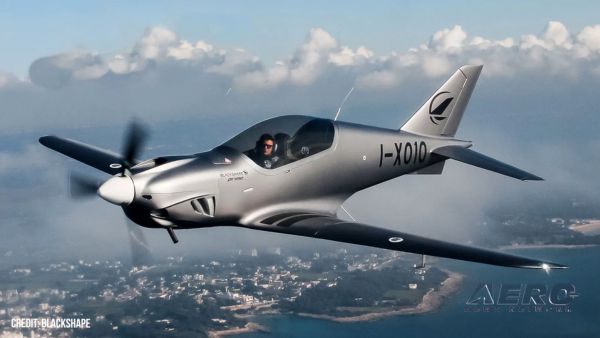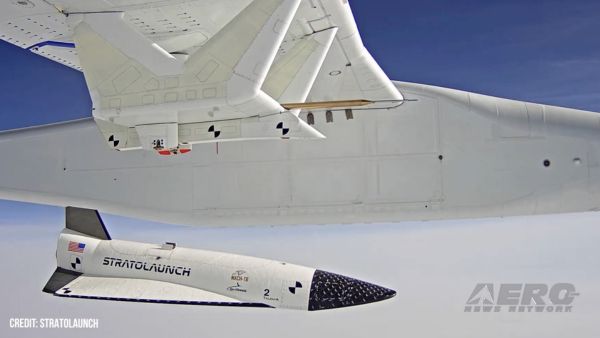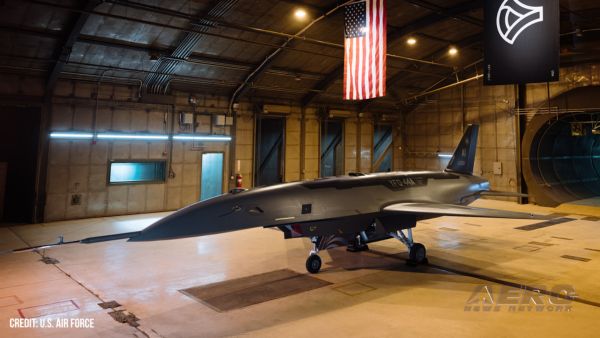Samples collected in space may have survived 193 MPH thud into
the desert
Scientists who
conducted the preliminary assessment of the Genesis canister are
encouraged by what they see. They believe it may be possible to
achieve the most important portions of their science
objectives.
"We are bouncing back from a hard landing, and spirits are
picking up again," said Orlando Figueroa, deputy associate
administrator for programs for the Science Mission Directorate at
NASA Headquarters in Washington.
"This may result in snatching victory from the jaws of defeat,"
added Dr. Roger Wiens of the Los Alamos National Laboratory in New
Mexico, a member of the Genesis science team. "We are very
encouraged." Based on initial inspection, it is possible a
repository of solar wind materials may have survived that will keep
the science community busy for some time.
"We are pleased and encouraged by the preliminary inspection,"
said NASA Administrator Sean O'Keefe. "The outstanding design and
sturdy construction of Genesis may yield the important scientific
results we hoped for from the mission."
"I want to emphasize the excellent work by the navigation team
to bring the capsule back exactly on target was key in our ability
to recover the science," said Andrew Dantzler, director of the
Solar System Division at NASA Headquarters, Washington. "In
addition, the robustness of the design of the spacecraft was the
reason it could take such a hard landing and still give us a chance
to recover the samples."
The mission's main priority is to measure oxygen isotopes to
determine which of several theories is correct regarding the role
of oxygen in the formation of the solar system. Scientists hope to
determine this with isotopes collected in the four target segments
of the solar wind concentrator carried by the Genesis spacecraft.
"From our initial look, we can see that two of the four
concentrator segments are in place, and all four may be intact,"
Wiens said.
The mission's second priority is to analyze nitrogen isotopes
that will help us understand how the atmospheres of the planets in
our solar system evolved. "These isotopes will be analyzed using
gold foil, which we have also found intact," Wiens said.
Other samples of solar winds are contained on hexagonal wafers.
It appears these are all or nearly all broken, but sizable pieces
will be recovered, and some are still mounted in their holders. "We
won't really know how many can be recovered for some time, but we
are far more hopeful important science can be conducted than we
were on Wednesday," Wiens said.
Another type of collector material, foils contained on the
canister's lid, were designed to collect other isotopes in the
solar wind. It appears approximately three-fourths of these are
recoverable, according to Dr. Dave Lindstrom, mission program
scientist at NASA Headquarters. However, these foils have been
exposed to elements of the Utah desert.
The Genesis sample return capsule landed well within the
projected ellipse path in the Utah Test & Training Range on
Sept. 8, but its parachutes did not open. It impacted the ground at
nearly 320 kilometers per hour (nearly 200 miles per hour). NASA's
Jet Propulsion Laboratory, a division of the California Institute
of Technology in Pasadena, Calif., manages the Genesis mission for
the agency's Science Mission Directorate. Lockheed Martin Space
Systems, Denver, developed and operated the spacecraft.
 ANN's Daily Aero-Linx (05.06.25)
ANN's Daily Aero-Linx (05.06.25) ANN's Daily Aero-Term (05.06.25): Ultrahigh Frequency (UHF)
ANN's Daily Aero-Term (05.06.25): Ultrahigh Frequency (UHF) ANN FAQ: Q&A 101
ANN FAQ: Q&A 101 Classic Aero-TV: Virtual Reality Painting--PPG Leverages Technology for Training
Classic Aero-TV: Virtual Reality Painting--PPG Leverages Technology for Training Airborne 05.02.25: Joby Crewed Milestone, Diamond Club, Canadian Pilot Insurance
Airborne 05.02.25: Joby Crewed Milestone, Diamond Club, Canadian Pilot Insurance


